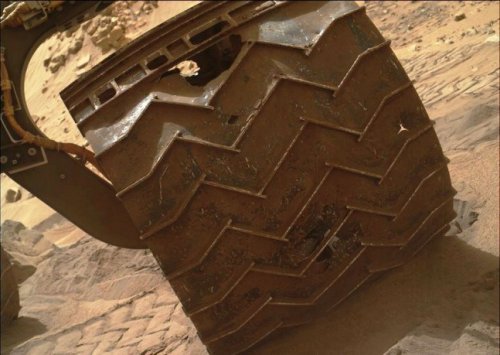merriman said:AToday that organization is a bloated pork barrel Congressional play-toy suitable only for finding cubical's in which to house so-so Engineer's and bean-counters; an outfit tasked with proving Global Climate Change, reaching out to Moslem's, and turning former research facilities into National shrines dedicated to, 'the good old days'.
NASA is today an Engineer's Public Housing authority; able to do no better than revisit the Apollo days by winding the tape backwards and calling the results, Orion. Not with my money, thank you very much!
BS and idiotic post. NASA is not defined by Orion. Know something before posting crap like this. NASA did ISS, COTS, MSL, Cassini, MRO, PHN, etc

